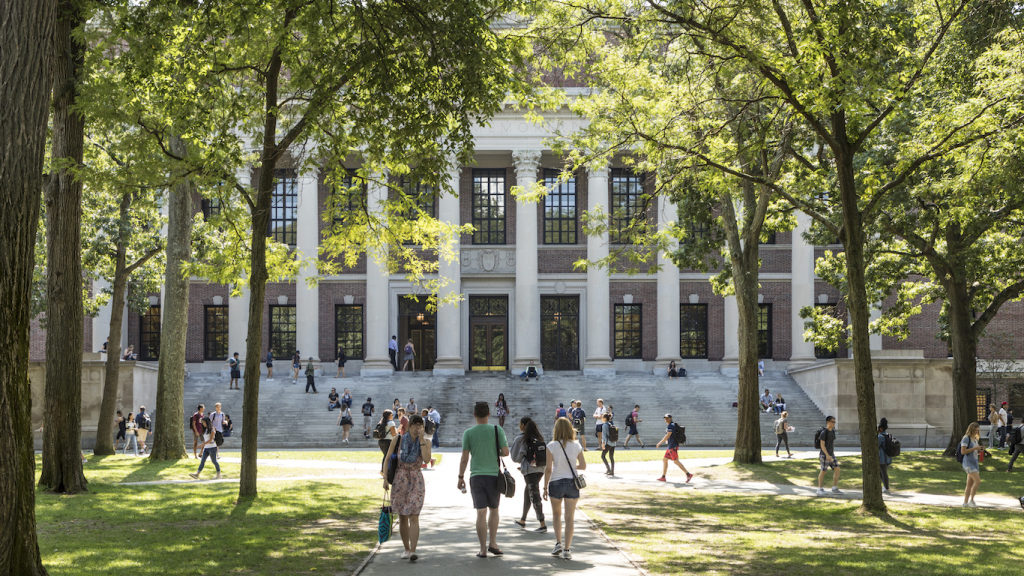Why Does the College Admissions Yield Rate Matter?
Last Updated on October 27, 2025 by Jill Schwitzgebel
Do you know what a college admissions yield is? It is the thing that keeps admissions officers up at night, especially in the month leading to national decision day, on May 1st. While March drags for students as they await admissions decisions, April is the month that feels endless for admissions officers. That’s because the college yield rate is the percent of accepted students that choose to enroll at the institution. This is when admissions officers find out if they have admitted the right number of students to fill their incoming class.
The Formula
Here’s the hard part for admissions officers – there IS no magic formula. They rely on predictive models to try to estimate how many students they need to accept in order to fill that class. But they have to be careful to not be TOO generous with acceptances, and wind up with a class that is much larger than they want it to be. So, colleges will rely on the numbers of admitted students who enrolled in the past.

But, it’s getting trickier for colleges to predict as more students apply to a larger number of schools than they did ten years ago. This is why often, colleges will factor in a student’s demonstrated interest into their model. They will assume that the more interested a student is, the more likely they are to enroll.
They will use other factors too. I’m still feeling guilty that Kid #3 turned down an invitation to attend his sister’s alma mater. I am sure that they assumed that because his sister happily graduated from there, and because they offered a nice scholarship when they accepted him, that he would be on the list of students likely to attend. It’s likely that he did not help their predictive model.
Selectivity and Yield Rates
In general, the more selective a college is, the higher its yield rate. Unsurprisingly, students usually see those selective colleges as their dream schools, and so they are highly likely to enroll, if accepted. The yield rates are somewhat correlated with many of the college ranking lists.
Beyond those top competitive schools, yield rate does not necessarily relate to selectivity. Other factors matter too, like location or whether the college is known for strong financial aid packages. There is one highly selective school with a yield rate of only 20% at the time of writing – likely due to financial aid packages offered.
Colleges sometimes also become popular for one reason or another. That can make their yield rate unexpectedly increase. The next year, the college will likely then have to decrease the number of students they accept, to balance the unexpectedly high yield rate of the prior year. Suddenly, the college may look more selective than it did previously, thanks to that lower acceptance rate.
But Why Does it Matter?
Fluctuations in class size are difficult for colleges. They have a target number of students they would like to have on campus based on the housing they have available, as well as number of classes they offer. Too many students on campus can cause all kinds of chaos, from housing shortages to not enough professors on campus. But enrolling too few students can cause budget shortfalls, without the tuition income they need, which leads to tough decisions.
Sometimes, colleges are accused or practicing “yield protection.” In other words, they try to keep their admissions yield rate high by admitting those who are likely to attend. Some colleges get accused of rejecting or wait-listing highly qualified students because they believe that those students are likely to be accepted by more prestigious universities. And they believe that if accepted, those students are more likely to go to one of those more prestigious schools, which will affect their yield rate.
No college will admit to this practice, naturally. However, there are lots of anecdotes out there that would seem to support the accusation. A student will point out that they got into an Ivy, yet didn’t get into a college one tier down in selectivity. We can’t ever really know what the conversations were on the admissions committees though.
Any of these scenarios have the potential to affect your child’s admission or possibly, their experience on campus if they decide to enroll.
And Finally,
Admissions yield rate is one reason why we are seeing colleges push students to apply Early Decision. Students that apply ED have already agreed that they will enroll if accepted. That’s attractive to colleges, of course! That means that they can accept a smaller percentage of the class through regular decision in the spring, which reduces the amount of uncertainty in their yield rate. It benefits the colleges much more than it benefits the students that are applying.
Jeff Selingo explains that some colleges are buyers and some colleges are sellers. You can use yield rates to identify colleges that are buyers, which are much more likely to offer tuition discounts to attract students.








